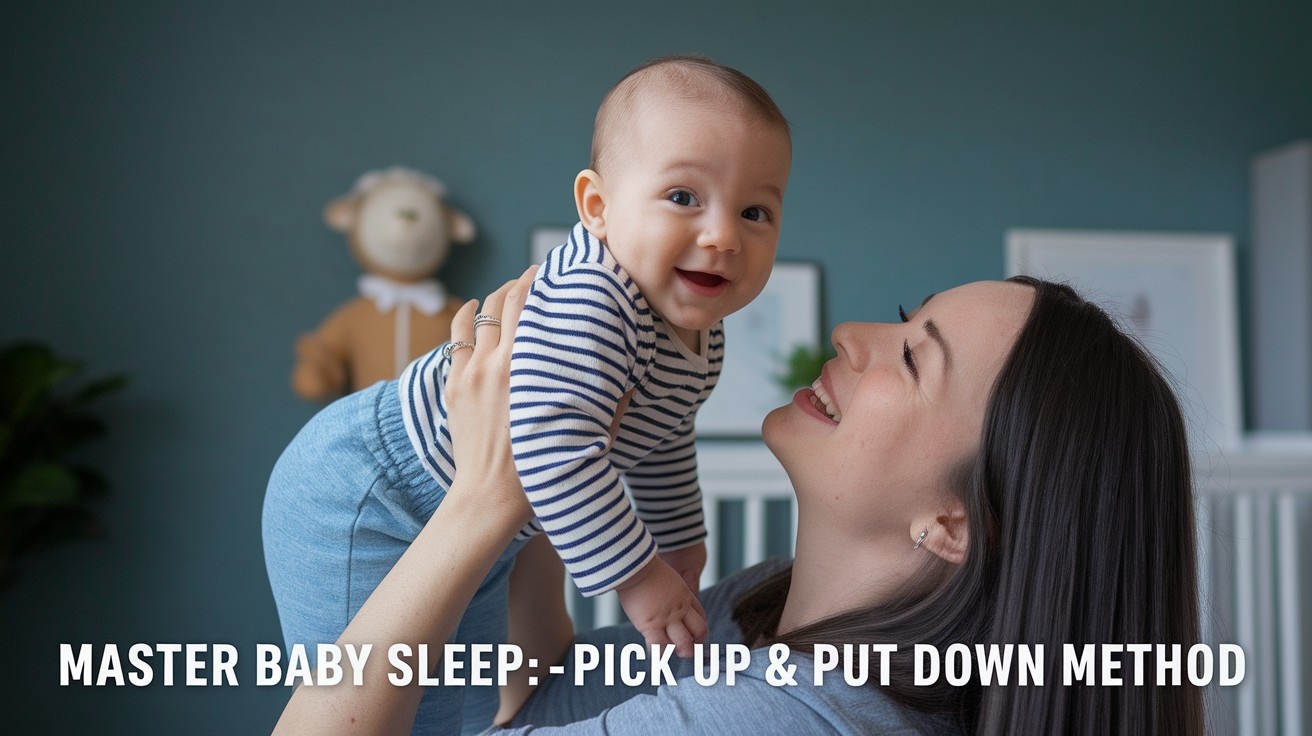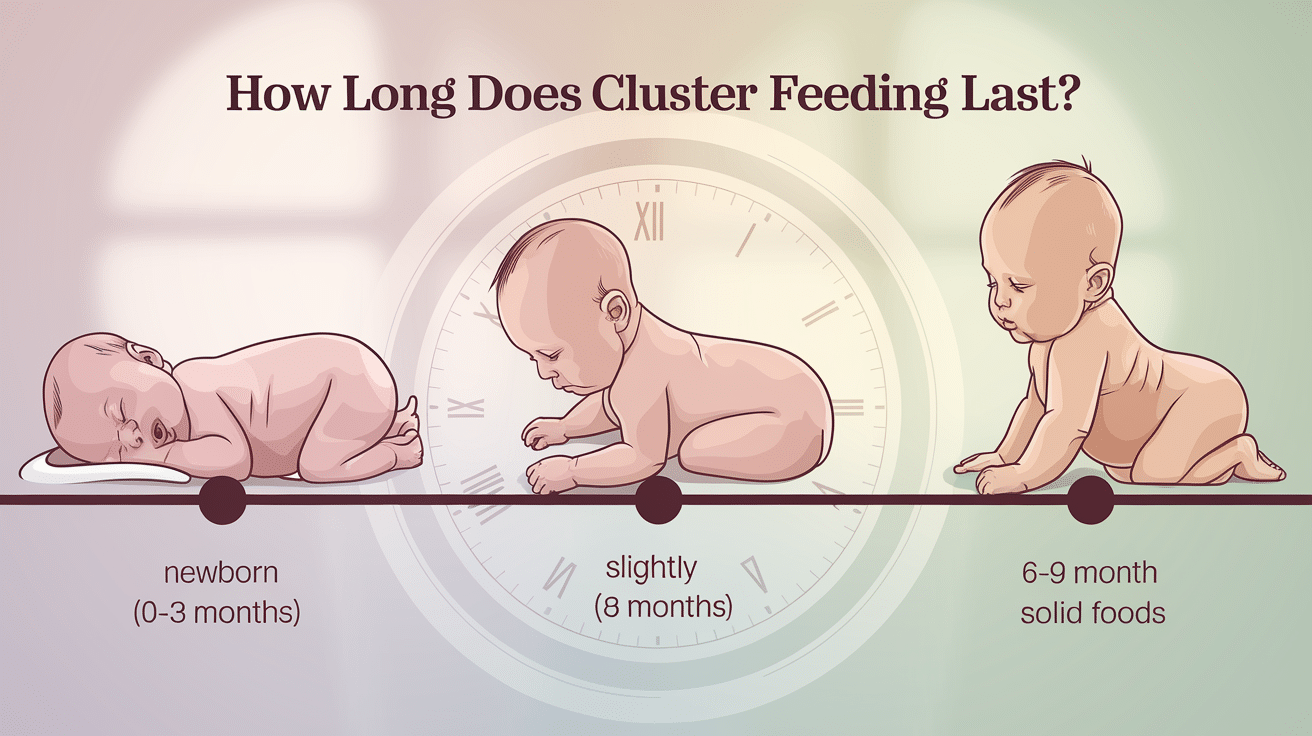
If your baby screams the moment they hit the mat, you’re not alone. As a parent, you’ve probably heard how important tummy time is for your little one’s growth and strength. Yet many babies simply don’t enjoy it—and some downright hate it.
Tummy time helps build neck, shoulder, and back muscles that babies need for crawling and sitting up. But for some babies, it’s just not fun at all.
In this article, we’ll uncover the real reasons why your baby might dislike tummy time and share practical solutions that actually work.
As parents who’ve been there ourselves, we know the struggle and have gathered tips from pediatricians and physical therapists.
You’ll learn simple changes you can make today to help your baby not just tolerate—but maybe even enjoy—this essential activity.
What Is Tummy Time and Why Does It Matter?
Tummy time is when your baby spends time on their belly while awake. It might seem basic, but these moments when your little one is face-down on a flat surface are key to their growth.
Why does it matter so much? Here’s what tummy time does for your baby:
- Builds neck and shoulder muscles they need to lift their head
- Helps them learn to push up with their arms
- Gives them a new way to see and explore their world
The American Academy of Pediatrics suggests that babies get tummy time starting from day one. But don’t worry! This doesn’t mean hour-long sessions right away.
Start with 1-2 minutes several times a day. As your baby gets stronger, you can slowly extend these sessions.
Remember: Quality matters more than quantity. A few good minutes of tummy time each day helps your baby more than one long, tearful session.
Why Do Babies Hate Tummy Time?

1. It’s New and Uncomfortable
Many babies fuss during tummy time simply because it’s unfamiliar. Your baby spent months curled up in the womb and then most of its time on its back. Being placed on its stomach feels strange and different.
I’ve seen this with countless babies—they need time to adjust to this new position. Imagine being asked to suddenly sleep in a completely different way than you’re used to. You’d probably be unhappy, too!
2. It’s Hard Physical Work
Tummy time is basically a workout for your baby. They have to use muscles in their neck, back, and shoulders that aren’t very strong yet.
Imagine if someone asked you to hold a plank position when you’ve never exercised before – that’s what tummy time feels like for your little one. Your baby needs to build strength gradually. The effort of lifting their head can be tiring and frustrating for them.
3. Limited View and Interaction
Babies love seeing faces and interacting with their world. When they’re on their tummy, especially early on, they might not be able to lift their head enough to see much.
This face-down position limits what they can see and how they can interact, which can be boring or annoying for them.
4. Wrong Timing
I find that timing matters a lot with tummy time. If your baby is hungry, tired, needs a diaper change, or is overstimulated.
They’ll likely protest being placed on their stomach. Your baby communicates their basic needs through crying, and tummy time might simply be happening at the wrong moment.
Tips for Easing Your Baby’s Tummy Time Struggles
Tummy time is crucial for your baby’s development, but many infants aren’t fans at first. Let’s see some effective strategies to make tummy time more enjoyable for both of you:
1. Start Small and Build Up
Begin with very short sessions – even just 30 seconds to a minute. I recommend doing these mini-sessions several times throughout the day rather than one long stretch.
Your baby will build strength without getting too frustrated. As they grow more comfortable, slowly add more time to each session.
Watch your baby’s cues. If they start to fuss, give them a short break and try again later. It’s better to have five happy one-minute sessions than one five-minute meltdown.
2. Try Chest-to-Chest Tummy Time
The floor can feel too open and exposed for some babies. Instead, lie down on your back and place your baby on your chest.
This position counts as tummy time but feels more secure for your baby. They’ll love being close to you while still working those important muscles.
Your body’s warmth, heartbeat, and breathing make this a comforting option. Plus, your face is right there for them to look at!
3. Choose the Right Timing
I’ve found that timing makes a huge difference. Try tummy time when your baby is:
- Alert but not overly excited
- Well-rested (not right before naptime)
- Not hungry
- Has a clean diaper
- At least 30 minutes after feeding
Avoid tummy time right after meals to prevent discomfort or spit-up. A happy, comfortable baby is more likely to tolerate being on their belly.
4. Stay Engaged and Make It Fun
Your presence and attention can turn tummy time from a chore into play. Get down on the floor at eye level with your baby. Talk, sing, and make silly faces. This gives them something interesting to focus on besides their physical effort.
Try these simple engagement ideas:
- Place a mirror where they can see themselves
- Use bright toys just within reach
- Make gentle sounds with rattles or crinkly toys
- Tell them a story in a sing-song voice
Your baby works harder when they’re having fun! When they’re engaged with you or an interesting toy, they often forget they’re doing “work” and naturally spend more time in position.
Best Positions and Tools for A Comfortable Tummy Time
Tummy time is essential for developing your baby’s neck, shoulder, and core muscles while preventing flat spots on the back of the head.
However, many babies initially resist this position, making it challenging for parents to implement it consistently.
The right positions and supportive tools can transform tummy time from a struggle into an enjoyable activity that both you and your baby look forward to.
1. Chest-to-Chest Position

The chest-to-chest position is one of my favorite starting points for babies who struggle with tummy time. Lie down on your back and place your baby on your chest, facing you.
This gives them the comfort of being close to you while still working their muscles. Your natural breathing creates a gentle movement that many babies find soothing.
Your baby will feel secure on your chest, and they get to look at your face – their favorite view! This position works well for newborns and younger babies who need more support.
2. Across Your Lap

Another helpful position is placing your baby across your lap. Sit with your legs flat or slightly raised and lay your baby on its tummy across your thighs. You can gently pat or rub the baby’s back to make it more pleasant.
This position gives you more control and lets you adjust the angle of your legs to make it easier or harder for your baby. I find this works well when you’re sitting on the couch or bed and don’t have floor space.
3. Supported Floor Position

When your baby is ready for floor tummy time, try using a rolled towel or small blanket under their chest and arms. This prop gives them a bit of a boost, making it easier for them to lift their heads and see around them.
Place the roll under their armpits, with their arms coming forward over the roll. This slight angle makes a big difference in how hard your baby has to work and how much they can see.
4. Engaging Tools and Toys

The right tools can turn tummy time from a chore into play:
- Tummy time mats with different textures and built-in toys
- Unbreakable mirrors that let your baby see
- High-contrast cards with black and white patterns (perfect for young babies)
- Soft toys placed just within reach to encourage stretching
- Water mats with floating shapes inside (for older babies)
Change up these tools regularly to keep your baby interested. You don’t need fancy equipment – even a clean baking sheet with a little water and some colorful items under it can become a fascinating sensory toy.
Remember to keep all tools and toys within your baby’s sight line. If they can’t lift their head very high yet, place items where they can see them without straining.
When Should You Start Tummy Time?
You can begin tummy time as soon as you bring your baby home from the hospital! Those early days are perfect for gentle chest-to-chest tummy time.
I tell new parents not to stress about formal tummy time sessions with newborns. Simply holding your baby against your chest while you’re reclined counts. Your baby is already working those little muscles when it tries to lift or turn its head while resting on you.
For floor-based tummy time, start with just 1-2 minutes a few times daily. Your baby might only tolerate 30 seconds at first—that’s completely normal.
Watch your baby’s cues. If they seem content, you can extend the time slightly. If they fuss, it’s okay to pick them up and try again later.
Remember: consistency matters more than duration. Brief, regular sessions build strength better than occasional long ones.
Tummy Time by Age: Daily Recommendations Chart
| Baby’s Age | Recommended Tummy Time Per Day |
|---|---|
| 0–2 weeks | 1–2 minutes, 2–3 times daily |
| 1 month | 5–10 minutes total |
| 2–3 months | 20–30 minutes total |
| 4–6 months | Up to 1 hour in short bursts |
How to Make Tummy Time More Fun and Enjoyable?
Get down on the floor at eye level with your baby. When you lie down face-to-face with them, you become the most interesting “toy” in the room!
I’ve found that babies work harder and stay in position longer when they have a friendly face to look at. Try these simple ways to make tummy time more playful:
- Sing songs with hand movements that capture their attention
- Make silly faces and sounds that get them to look up
- Play peek-a-boo by hiding behind a small toy
- Read a colorful board book while they’re on their tummy
Timing matters, too. Try tummy time after a diaper change when your baby is already on their back and in a good mood. Or try it after bath time when they’re alert and happy.
Older siblings can be tummy-time helpers! Ask the brothers or sisters to lie down near the baby and talk or show toys. Babies often try harder when watching their siblings.
Remember that your enthusiasm is contagious. If you approach tummy time like a fun game instead of a chore, your baby will pick up on your positive energy.
Conclusion
Tummy time gets easier with practice. What starts as a daily challenge for many babies often becomes more bearable—and sometimes even fun—as their muscles grow stronger.
Remember that every baby follows their timeline. Some may take to tummy time quickly, while others need more time to adjust. What matters most is that you keep trying, stay patient, and celebrate small wins.
I’ve seen countless babies go from tears to smiles during tummy time as parents find what works for their little ones. Whether it’s chest-to-chest cuddles, fun toys, or well-timed sessions, your efforts make a difference.
Trust your instincts and watch your baby’s cues. They’ll show you what works best for them.
You’ve got this—and so does your baby. Those little muscles get stronger each day, even when progress seems slow. Your support and patience now help build the foundation for all their future movements.
For additional content on baby care and motherhood, click here for more!



























































